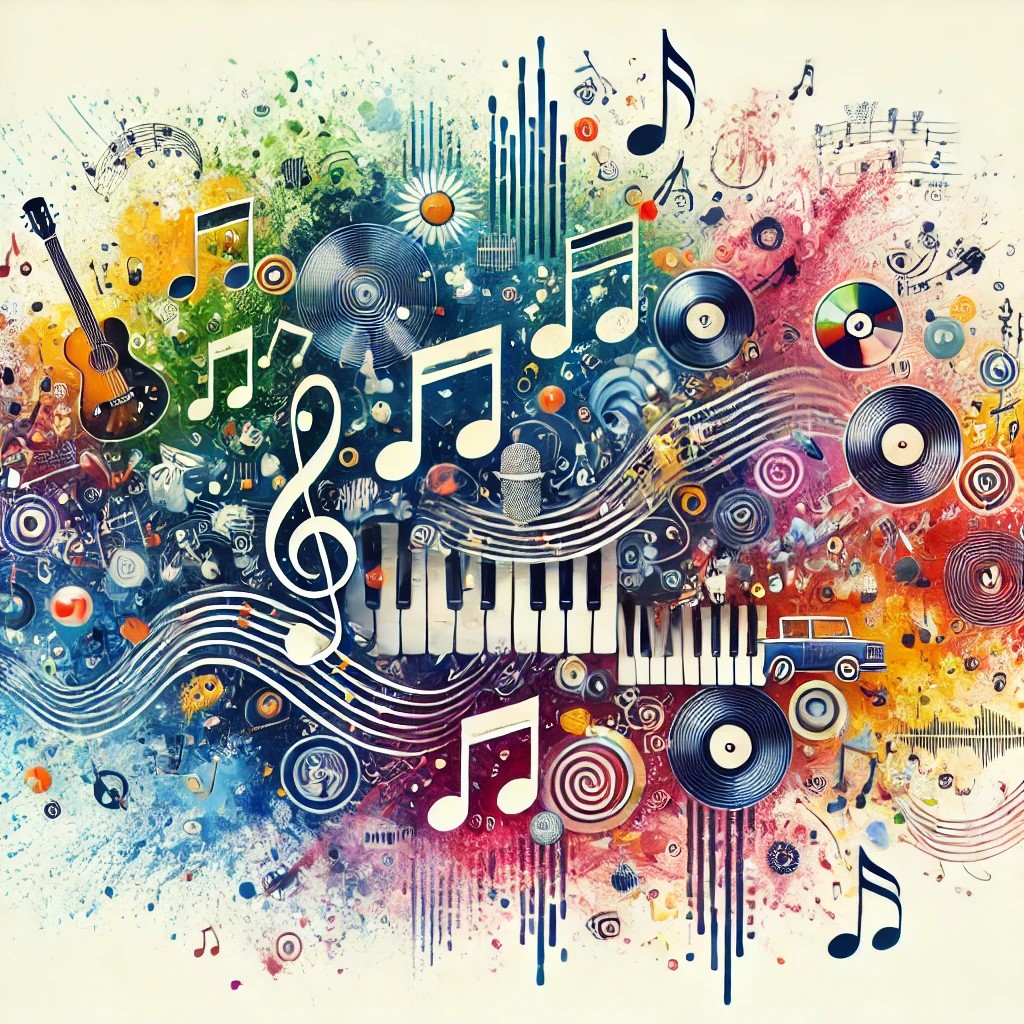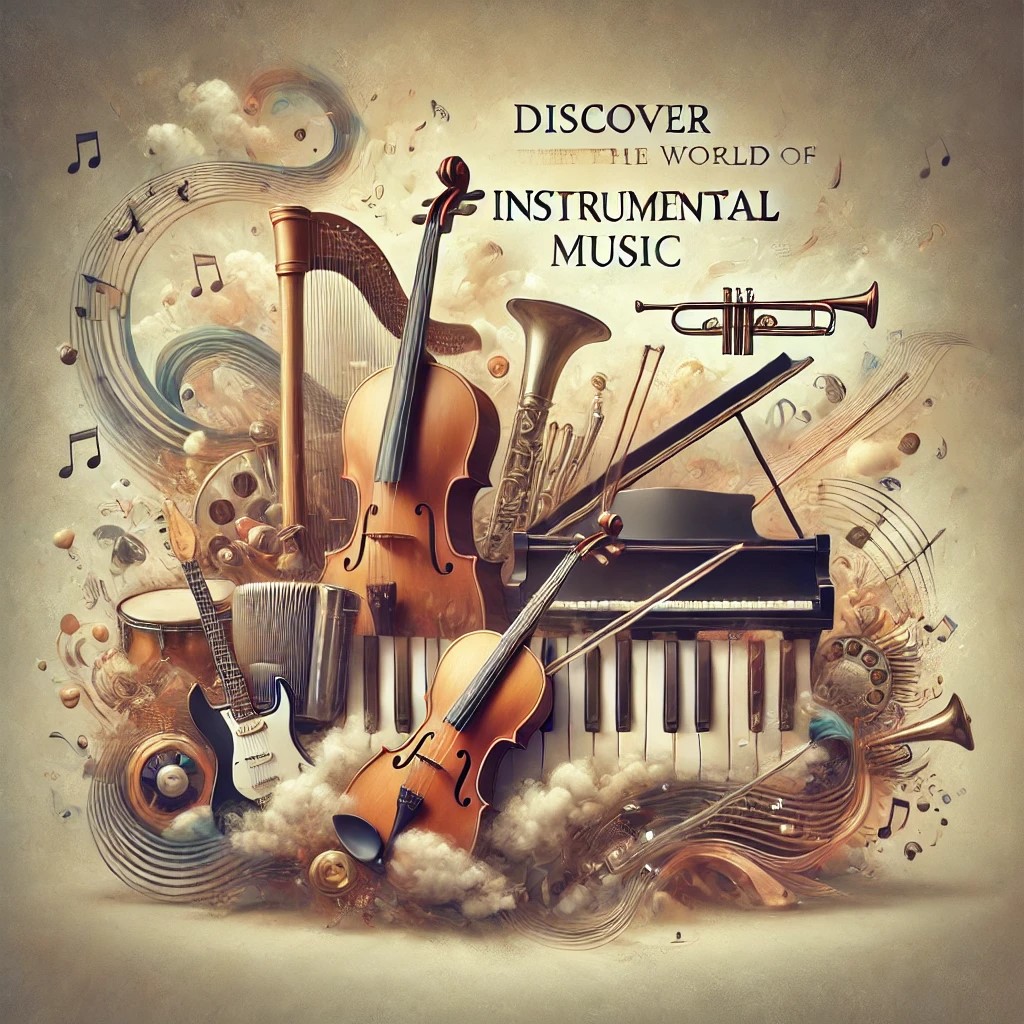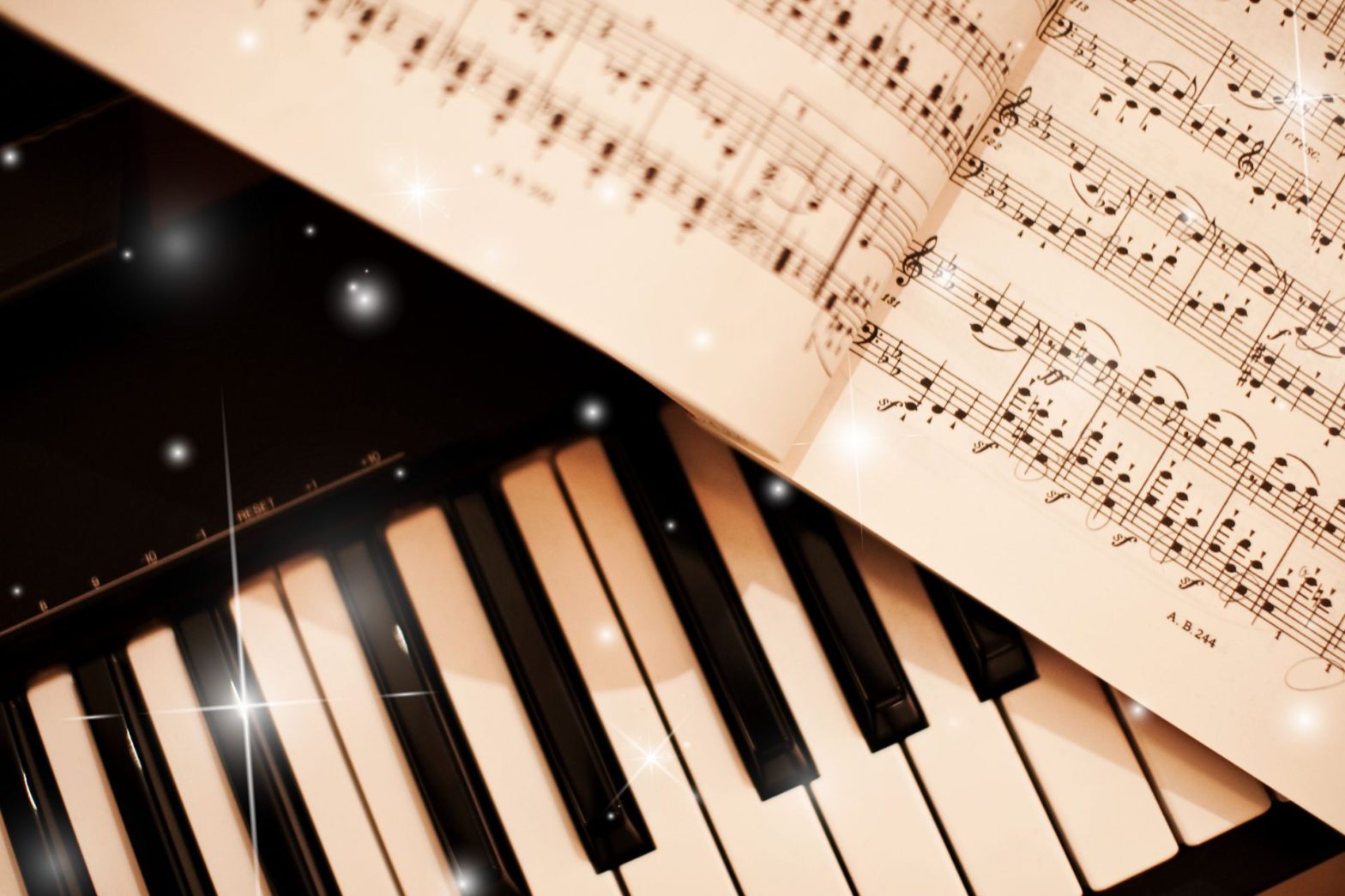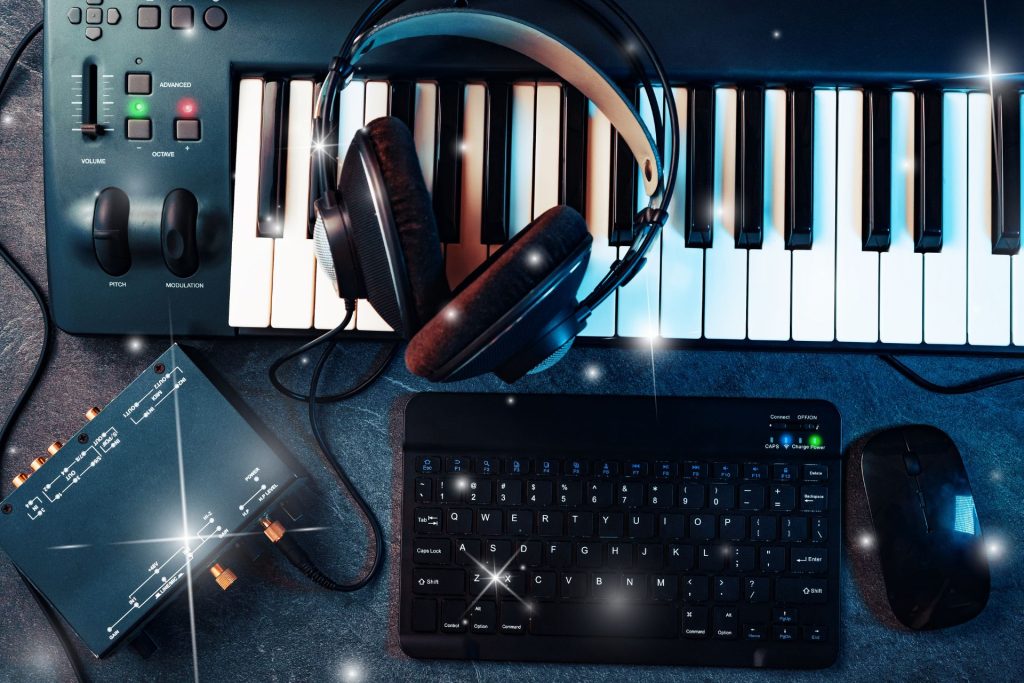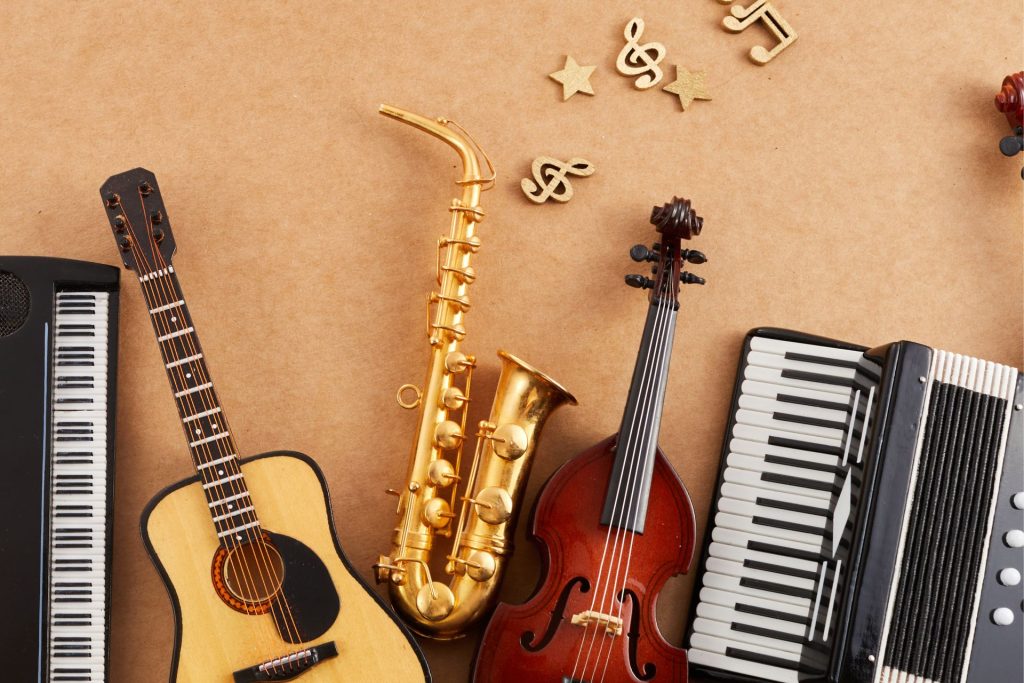Ever wonder why some songs skyrocket to fame overnight while others remain hidden gems? The streaming era has fundamentally changed how we discover, consume, and engage with music. This shift has not only revolutionized the music industry but also dramatically impacted song popularity. If you’re a music enthusiast, the intricacies of this phenomenon will captivate your interest. In this blog, we’ll explore how streaming services influence song popularity, dissect the mechanics behind these platforms, and offer insights into what this means for your favorite tunes.
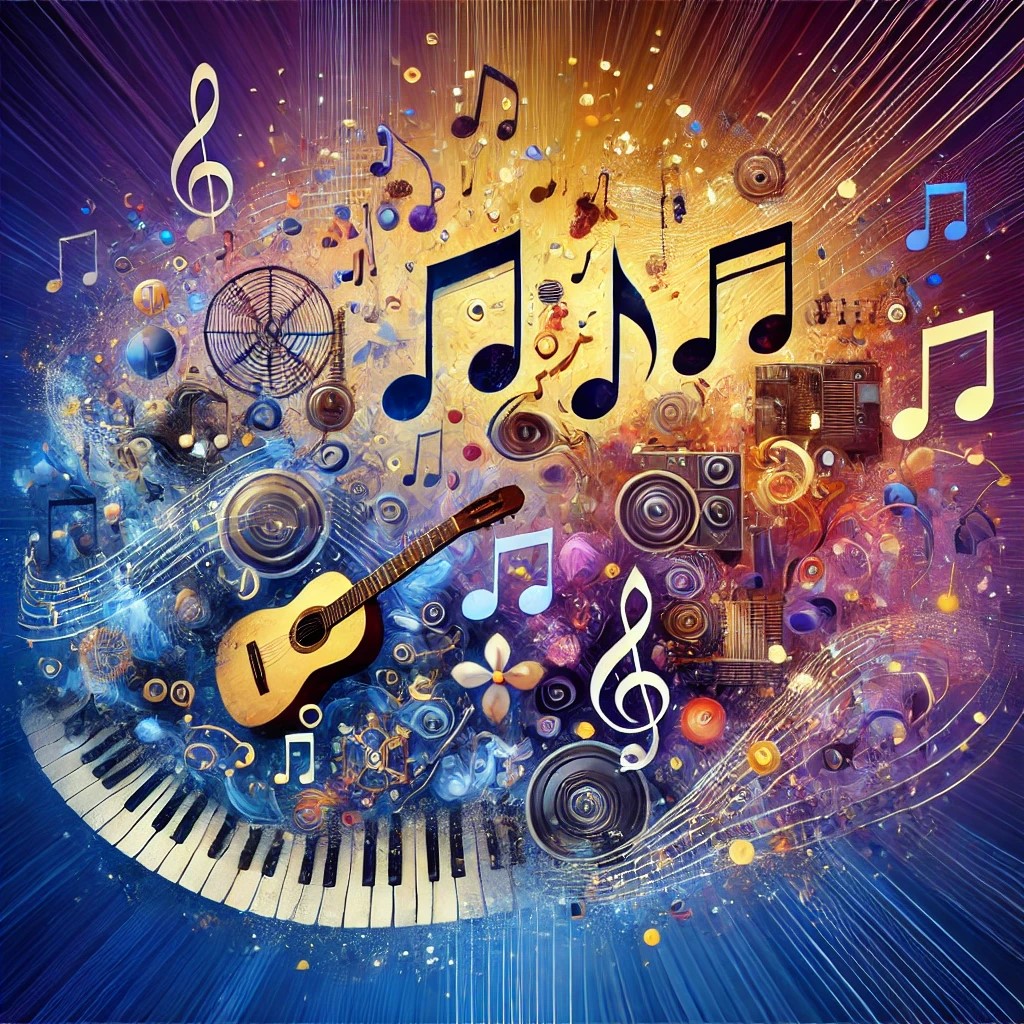
The Rise of Streaming Services
A New Era for Music Consumption
Streaming services like Spotify, Apple Music, and Tidal have transformed how we listen to music. Gone are the days of purchasing individual tracks or albums; instead, we now have access to millions of songs at our fingertips. This unprecedented access has democratized music consumption, making it easier than ever to discover new artists and genres.
The Shift from Ownership to Accessibility
Previously, music fans measured their passion by the size of their CD or vinyl collection. However, streaming services have shifted the focus from ownership to accessibility. The convenience of having a vast library at your disposal means you can explore new music without the financial commitment of buying albums.
The Growth of On-Demand Listening
Streaming services offer on-demand listening, allowing users to play any song, anytime, anywhere. This flexibility has changed our listening habits, encouraging more personalized and varied musical experiences. Whether you’re searching for songs about Thursday or exploring indie hits, the world of music is just a click away.
Algorithms and Playlists
The Power of Data-Driven Recommendations
Streaming platforms utilize complex algorithms to recommend music based on your listening habits. These algorithms analyze data points such as song skips, repeats, and user preferences to curate personalized playlists. This has a significant impact on what songs become popular, as recommendations can introduce listeners to tracks they might not have discovered otherwise.
The Role of Curated Playlists
Curated playlists, both algorithmically generated and human-made, are essential in driving song popularity. Being featured on a popular playlist can propel a song from obscurity to the top of the charts. Playlists like “Today’s Top Hits” on Spotify have millions of followers, offering massive exposure for featured tracks.
Discover Weekly and Personalized Playlists
Features like Spotify’s “Discover Weekly” provide users with a personalized selection of songs every Monday. These playlists often introduce listeners to new artists and tracks, significantly impacting their popularity. By consistently appearing in these personalized playlists, songs gain repeated exposure, increasing their chances of becoming hits.
Viral Trends and Social Media
The Influence of Viral Challenges
Social media platforms like TikTok have become breeding grounds for viral music trends. Songs often gain popularity through viral challenges, where users create videos set to specific tracks. These challenges can lead to a song going viral, boosting its streams and chart performance.
The Role of Influencers
Influencers and celebrities play a crucial role in driving song popularity. When a track is endorsed by a popular figure, it can quickly gain traction. Streaming services often collaborate with influencers to promote new releases, leveraging their vast followings to increase exposure.
User-Generated Content
User-generated content (UGC) on platforms like Instagram and YouTube also contributes to a song’s popularity. Covers, dance routines, and reaction videos help spread the word about a track, increasing its visibility and streaming numbers. This organic promotion often leads to sustained popularity.
Global Reach and Inclusivity
Breaking Down Geographical Barriers
Streaming services have erased geographical barriers, allowing artists to reach a global audience. A song released in one part of the world can quickly gain popularity internationally. This global reach has opened up new opportunities for artists and diversified listeners’ music libraries.
Cultural Exchange Through Music
The global nature of streaming services fosters cultural exchange through music. Listeners can easily access tracks from different cultures and countries, broadening their musical horizons. This exposure has led to the rise of genres like K-pop and Reggaeton on the global stage.
The Impact on Local Artists
While global reach offers many benefits, it also presents challenges for local artists. Competing with international acts can be difficult, but streaming platforms often feature localized playlists to support regional music scenes. By spotlighting local talent, these platforms help maintain cultural diversity in the music industry.
Data Analytics and Insights
Tracking Listener Behavior
Streaming services provide detailed insights into listener behavior, including demographics, location, and listening patterns. This data helps artists and record labels understand their audience better and tailor their marketing strategies accordingly.
Real-Time Metrics
Real-time metrics allow artists to gauge the immediate impact of their releases. By monitoring streams, skips, and playlist placements, they can make informed decisions about promoting their music. This real-time feedback loop is invaluable for optimizing marketing efforts.
The Role of Analytics in Chart Performance
Charts like Billboard now incorporate streaming data to determine song rankings. High streaming numbers can propel a track to the top of the charts, highlighting the importance of streaming metrics in measuring a song’s success. This shift has made it crucial for artists to focus on boosting their streaming numbers.
The Economics of Streaming
Revenue Models for Artists
Streaming services operate on a subscription-based or ad-supported model, generating revenue through user subscriptions and advertisements. This revenue is then distributed to artists based on their share of total streams. While streaming has increased accessibility, it has also sparked debates about fair compensation for artists.
The Debate Over Royalties
Many artists argue that streaming payouts are insufficient, with some receiving fractions of a cent per stream. This has led to calls for higher royalty rates and more transparent payment structures. Despite these challenges, streaming remains a vital revenue source for many artists.
The Role of Independent Artists
Streaming platforms have leveled the playing field for independent artists, allowing them to distribute their music without relying on traditional record labels. This independence enables artists to retain greater control over their work and revenue. However, breaking through the noise remains a challenge in an oversaturated market.
Fan Engagement and Community Building
Direct Artist-Fan Interaction
Streaming services offer features that promote direct interaction between artists and fans. Live streaming events, Q&A sessions, and exclusive content help build a loyal fanbase. Engaging with fans in meaningful ways strengthens their connection to the artist and encourages continued support.
Building a Sense of Community
Music enthusiasts often form communities around their favorite artists and genres. Streaming platforms facilitate these connections through shared playlists, fan groups, and social features. This sense of community enhances the overall music experience and fosters long-term loyalty.
Exclusive Content and Experiences
Offering exclusive content, such as behind-the-scenes footage or early access to new releases, is a powerful way to engage fans. Streaming platforms frequently partner with artists to provide these exclusive experiences, adding value for subscribers and boosting engagement.
Future Trends and Innovations
The Rise of AI in Music Discovery
Artificial intelligence is playing an increasingly significant role in music discovery. AI-driven recommendations and playlist curation are becoming more sophisticated, offering users a more personalized listening experience. These advancements are likely to further influence song popularity in the future.
Virtual Reality and Immersive Experiences
Virtual reality (VR) and augmented reality (AR) are emerging trends in the music industry. VR concerts and immersive music videos provide unique experiences for fans, creating new opportunities for artists to connect with their audience. These innovations could reshape how we experience and interact with music.
Blockchain and Music Rights
Blockchain technology has the potential to revolutionize music rights management. By providing a transparent and secure way to track ownership and royalties, blockchain can address many of the industry’s current challenges. This technology could ensure fair compensation for artists and foster greater trust in the music ecosystem.
The Role of Social Responsibility
Supporting Diversity and Inclusion
Streaming platforms have a responsibility to promote diversity and inclusion within the music industry. Featuring artists from underrepresented communities and highlighting diverse genres can help achieve this goal. By supporting a wide range of voices, streaming services can contribute to a more inclusive music landscape.
Environmental Sustainability
The environmental impact of digital streaming is an emerging concern. Data centers and streaming infrastructure consume significant energy, contributing to carbon emissions. Streaming platforms are beginning to address these issues by investing in renewable energy and adopting more sustainable practices.
Ethical Considerations
Ethical considerations, such as fair pay for artists and the responsible use of data, are critical for the future of streaming. Platforms must balance profitability with the well-being of artists and users. Addressing these ethical challenges is essential for building a sustainable and trustworthy music ecosystem.
Conclusion
The rise of streaming services has undeniably transformed the music industry, influencing song popularity in myriad ways. From algorithm-driven recommendations to viral social media trends, the factors that determine a song’s success are more complex than ever. For music enthusiasts, understanding these dynamics enhances the listening experience and offers a deeper appreciation of the industry.
As we move forward, the evolving landscape of streaming will continue to shape our musical tastes and discoveries. Whether you’re searching for songs about Thursday or exploring new genres, the world of music is at your fingertips. Stay curious, stay engaged, and keep exploring the endless possibilities that streaming services offer.
To learn more about how you can maximize your music listening experience, sign up for updates and exclusive content from our team of experts. Happy listening!
